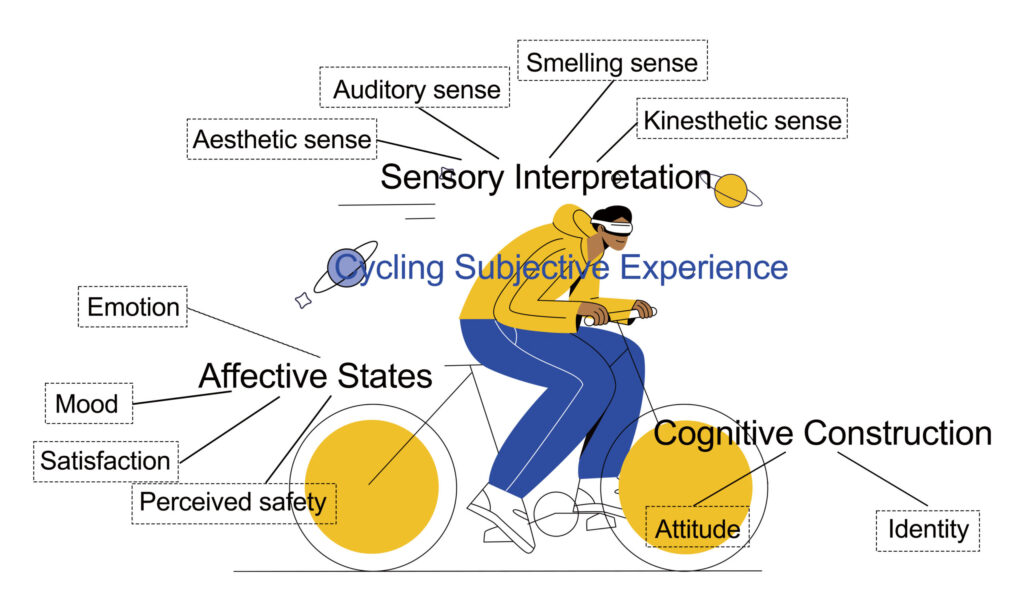Can bicycles save the world?
More and more people think they can. Cycling is healthy, clean, cheap and fun. What’s not to like? Increasingly, this message is picked up by tech giants and solo innovators seeking to “smartify” cycling and help it achieve its potential. Visions of cities where cycling is one of the key mobility modes – velotopian urban imaginaries – are produced not only by cycling activists but also by a variety of stakeholders new to the cycling scene. What does this diversification of stakeholders and this newly found enthusiasm for cycling in its “smarter” version mean? Are visionaries and innovators imagining the same kind of velotopian future?
Probably not.
Focusing its attention on Dutch cycling innovations and two recently envisaged cycling utopias by Steven Fleming and Cosmin Popan, our paper offers a critical exploration of current velotopian urban imaginaries. It does so by tracing their ideological ancestry back to two visionary urban designs of the 20th century: the dense city of speed and efficiency of Le Corbusier, and the endless Babylon of Constant where mobility is a means of discovery, play and human interaction. Our analysis shows that both Corbusian and Constantian understandings of mobility are reflected in current velotopian imaginaries, not only in opposition but also in combination with each other. This combination of Corbusian and Constantian velotopian imaginaries, we suggest, has largely become part of mainstream urban discourses instead of providing a radical alternative to them.
To cite the academic article: Anna Nikolaeva & Samuel Nello-Deakin (2019) Exploring velotopian urban imaginaries: where Le Corbusier meets Constant?, Mobilities, DOI: 10.1080/17450101.2019.1694300



